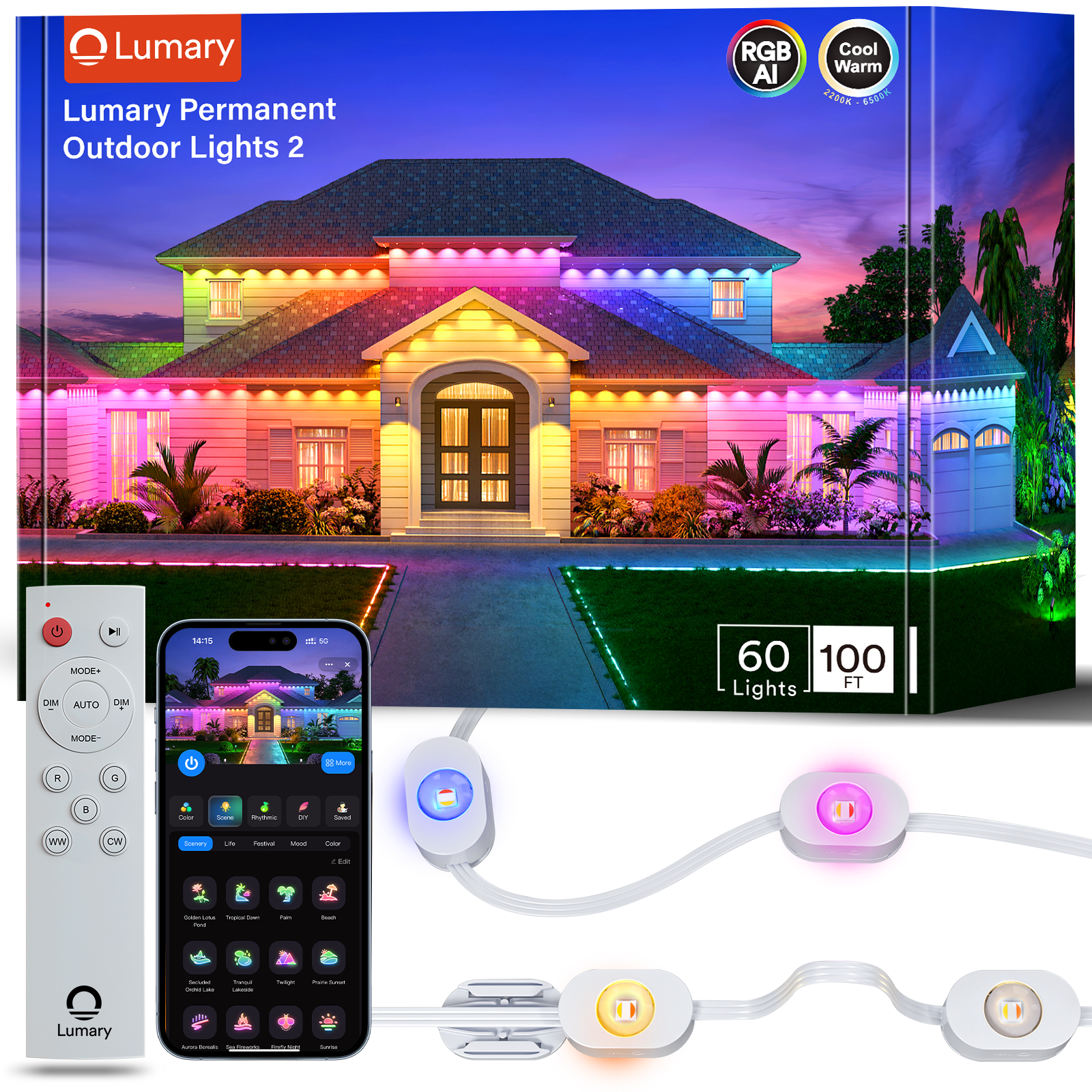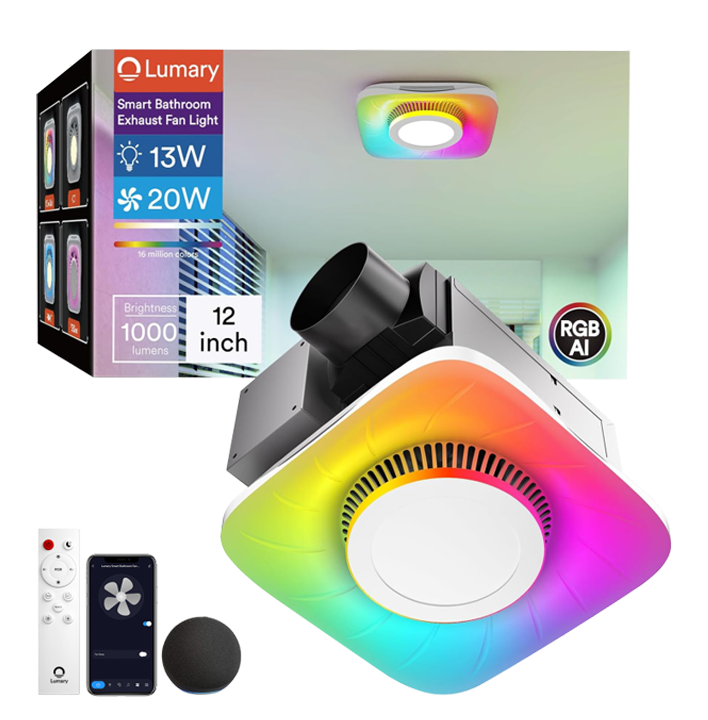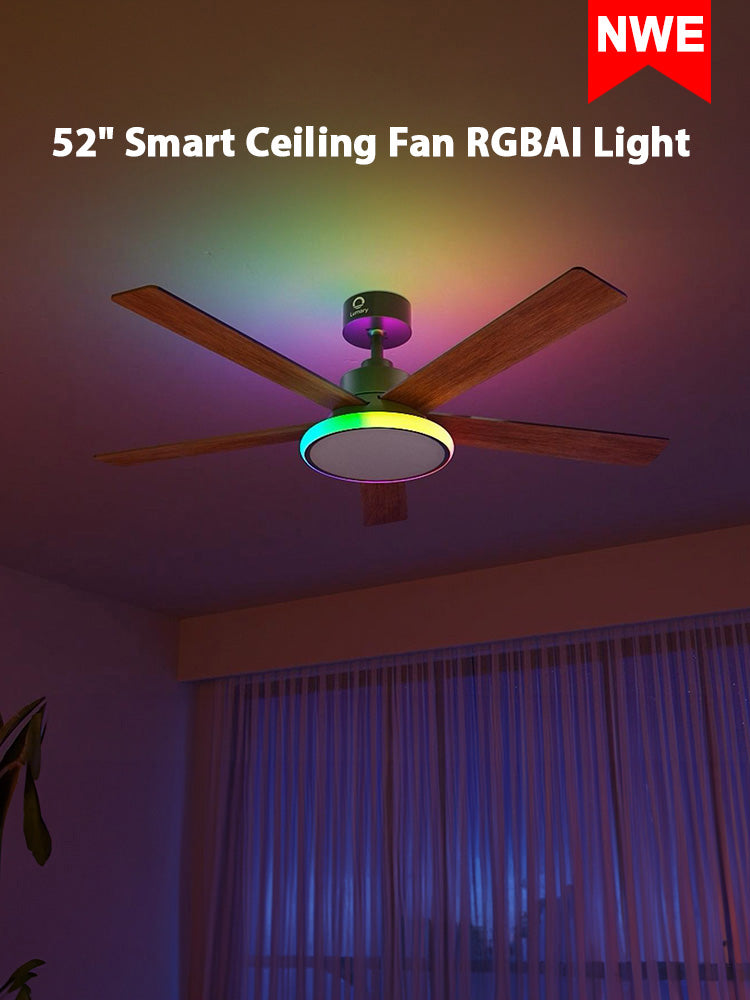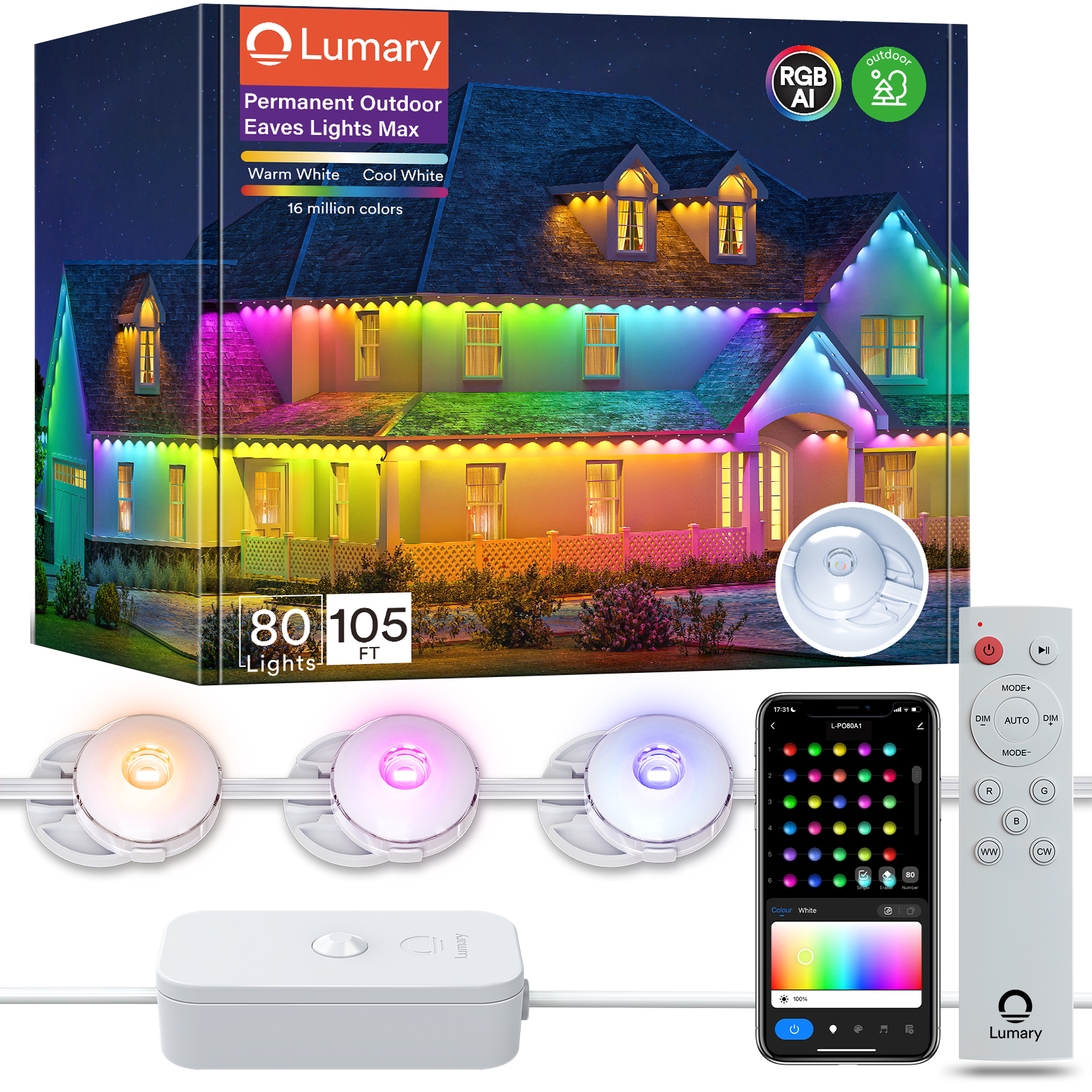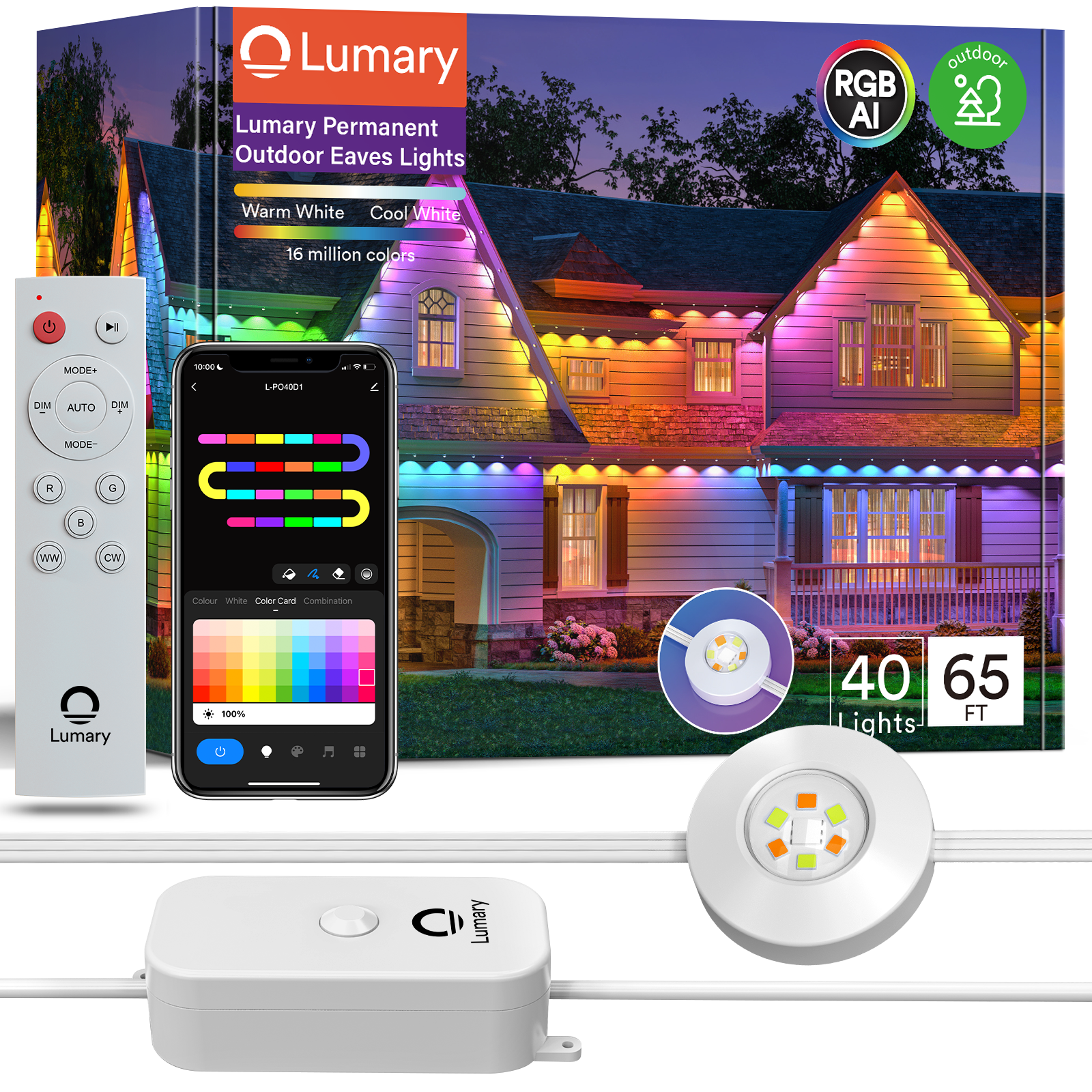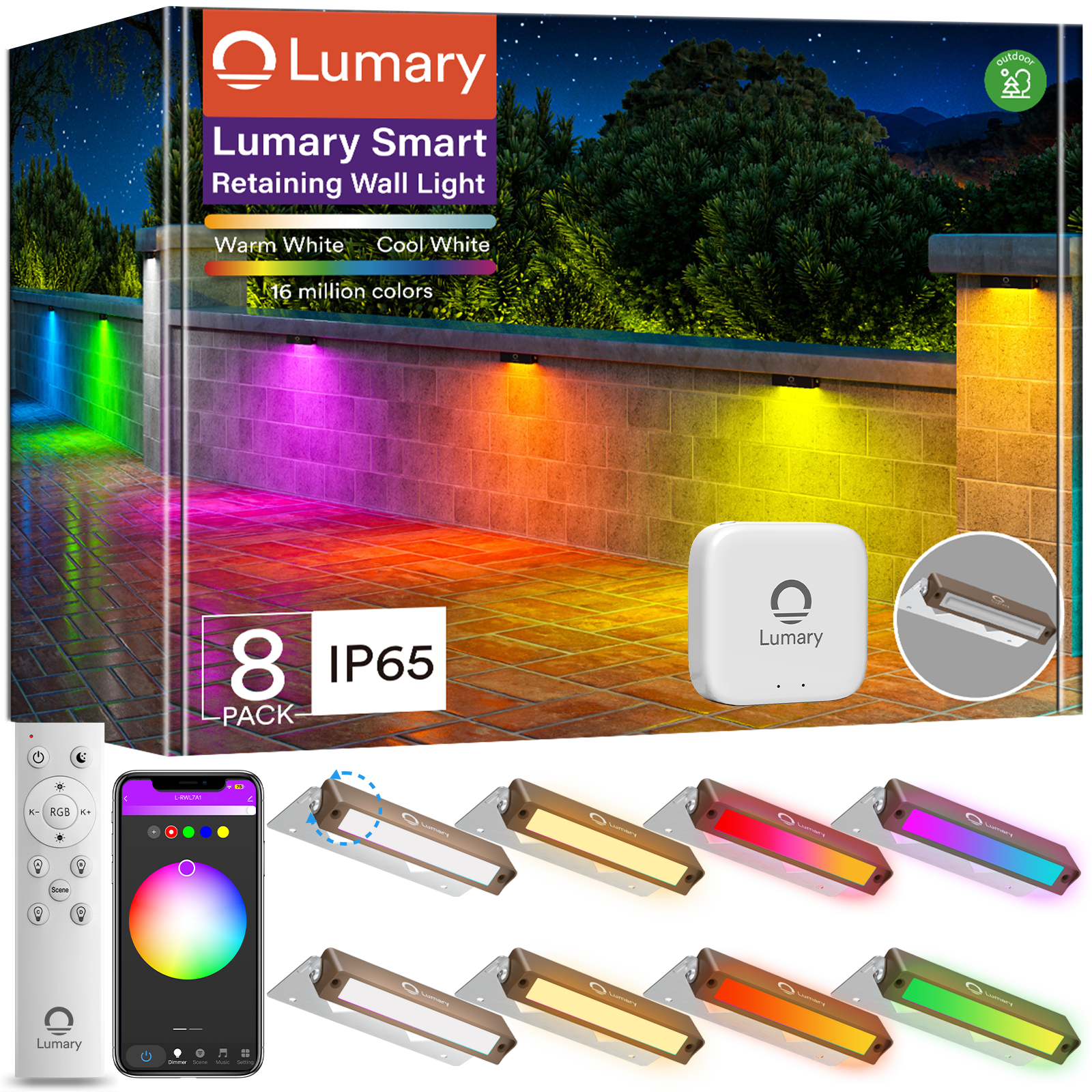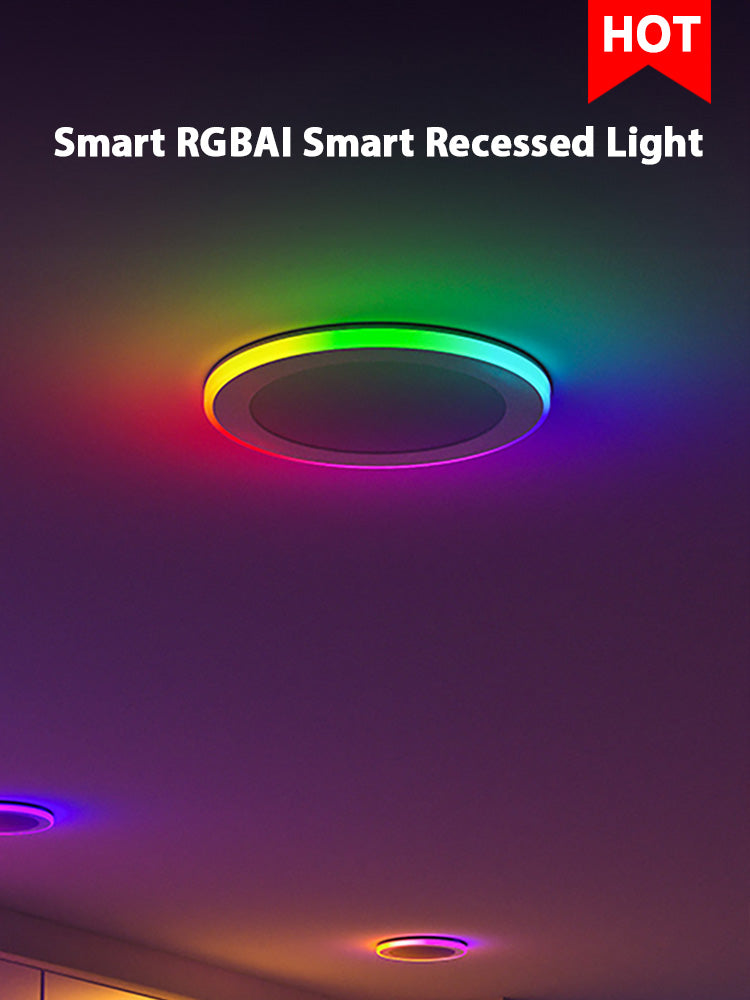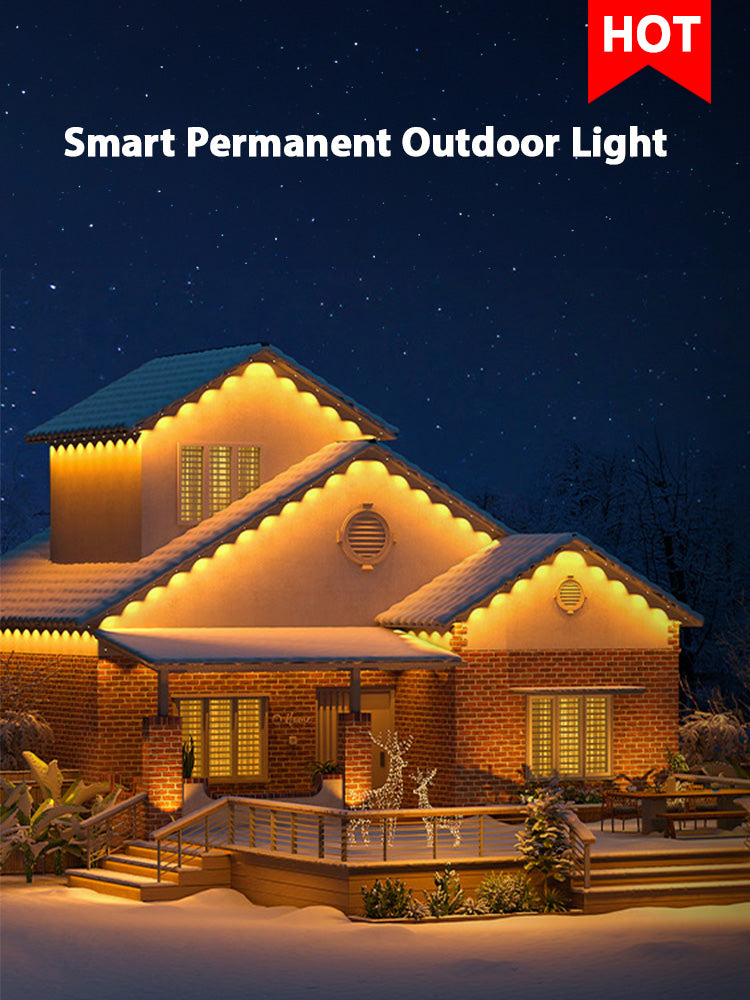LED lighting offers a bright future for your home. You can save around $4,000 over 20 years by switching to LEDs. That's a lot of savings! A 10W LED bulb uses only 7.3 kWh per year when used for 2 hours daily. This efficiency means lower energy bills. LED bulbs also last up to 25,000 hours. Proper installation of 4 inch LED lights ensures these benefits. Correct placement and wiring enhance both efficiency and aesthetics. You get the best lighting experience with the right setup.
Planning Your Installation

Choosing the Right Trim and Color Temperature
Understanding Trim Options
Trim options can change the look of your LED lights. You can choose from baffle, reflector, or adjustable trims. Baffle trims reduce glare and create a soft light. Reflector trims make the light brighter and more focused. Adjustable trims let you direct the light where you need it. Each trim type serves a different purpose. Pick the one that fits your room's style and needs.
Selecting the Appropriate Color Temperature
Color temperature affects the mood of a room. Warm white creates a cozy feel. Cool white feels bright and energizing. Daylight offers a natural look. Think about the room's function before choosing. A living room might need warm white. An office could benefit from cool white. The right color temperature enhances your space.
Assessing Current Wiring
Checking Compatibility with Existing Systems
Existing systems may need checking for compatibility. Look at your current wiring setup. Some systems work well with LED lights. Others might need changes. Ensure your wiring can handle the new lights. This step prevents future issues.
Identifying Necessary Upgrades
Upgrades might be necessary for older systems. Newer LED lights require specific wiring. Check if your system meets these needs. Consider hiring a professional for advice. Proper upgrades ensure safety and efficiency.
Determining Light Placement
Calculating Optimal Spacing
Optimal spacing gives the best lighting results. Measure your ceiling height. Divide this number by two. Use this result for spacing between lights. This method ensures even lighting. Avoid shadows and dark spots with proper spacing.
Considering Room Functionality
Room functionality guides light placement. Think about how you use the space. A kitchen needs bright task lighting. A bedroom benefits from softer, ambient light. Plan your layout based on these needs. Proper placement enhances both function and comfort.
Preparing for Installation

Gathering Necessary Tools and Materials
Essential Tools List
You need the right tools for a smooth installation. Grab a drill with adjustable speeds. A 1/4-inch drill bit is essential. Get a drywall saw for cutting holes. Use a tape measure for accurate measurements. A voltage tester ensures safety. Wire strippers help with connections. A screwdriver set is handy for securing fixtures.
Required Materials
Gather the materials before starting. Purchase the 4-inch LED lights. Ensure you have wire connectors. Electrical tape is crucial for safety. Get mounting brackets if needed. Consider extra wiring for longer distances. A pencil helps with marking spots. Keep a ladder nearby for reaching high areas.
Safety Precautions
Turning Off Power
Safety first! Turn off the power at the circuit breaker. Double-check with a voltage tester. Ensure no electricity flows to the area. This step prevents accidents. Confirm the power is off before proceeding.
Using Protective Gear
Wear protective gear during installation. Safety goggles protect your eyes. Gloves keep your hands safe. A dust mask prevents inhaling particles. Proper footwear provides stability. Ensure a safe working environment.
Installation Process
Cutting Holes for 4-Inch LED Lights
Measuring and Marking
Start by measuring the area where you want to install the 4-inch LED lights. Use a tape measure to find the exact spot. Mark the center with a pencil. This mark will guide your cutting.
Using the Right Tools
Grab a drill with adjustable speeds. Attach a 1/4-inch drill bit. Drill a pilot hole at the marked center. Use a drywall saw to cut the hole. Follow the outline carefully to avoid mistakes.
Wiring the 4-Inch LED Lights
Connecting to Power Source
Check that the power is off. Use a voltage tester to confirm. Connect the wires from the LED light to the power source. Match the colors: black to black, white to white, and green to ground. Use wire connectors for a secure fit.
Securing Connections
Wrap electrical tape around each connection. This step ensures safety. Push the wires into the ceiling gently. Make sure nothing is pinched or exposed.
Installing the LED Lights
Fitting the Lights into Place
Insert the LED light into the cut hole. Press the clips to secure it in place. Ensure the light sits flush with the ceiling. Adjust if needed for a snug fit.
Testing Functionality
Turn the power back on at the circuit breaker. Test the light using the switch. Check for proper operation. Enjoy the new brightness in your space.
Additional Considerations
Dimmer Compatibility
Choosing Compatible Dimmers
You want to enjoy the perfect ambiance with your new LED lights. Make sure to choose dimmers that work well with LED technology. Look for dimmers labeled as LED-compatible. These dimmers prevent flickering and ensure smooth operation. Check the wattage range to match your setup.
Installation Tips for Dimmers
Installing dimmers can enhance your lighting experience. First, turn off the power at the circuit breaker. Use a voltage tester to confirm safety. Remove the existing switch and connect the dimmer wires. Match the colors: black to black, red to load, and green to ground. Secure connections with wire nuts. Test the dimmer by turning the power back on.
Pro Tips for Optimal Performance
Maintenance Advice
Keep your LED lights shining bright with regular maintenance. Dust the fixtures gently with a soft cloth. Avoid harsh chemicals that might damage the surface. Check connections periodically to ensure everything stays secure. Replace any faulty bulbs promptly to maintain consistent lighting.
Troubleshooting Common Issues
Encountering issues with your LED lights? No worries. If a light flickers, check the dimmer compatibility. Ensure all connections are tight and secure. For lights that don’t turn on, verify the power source and breaker. If problems persist, consult a professional for assistance.
Sure! Here's the conclusion section:
Conclusion
You've now completed the installation of your 4-inch LED lights. Enjoy the improved lighting and energy savings in your home. The new setup not only enhances aesthetics but also boosts efficiency. Consider exploring more upgrades like smart dimmers or additional fixtures for a fully customized experience. Embrace the benefits of modern lighting technology and transform your space into a cozy, well-lit haven.

